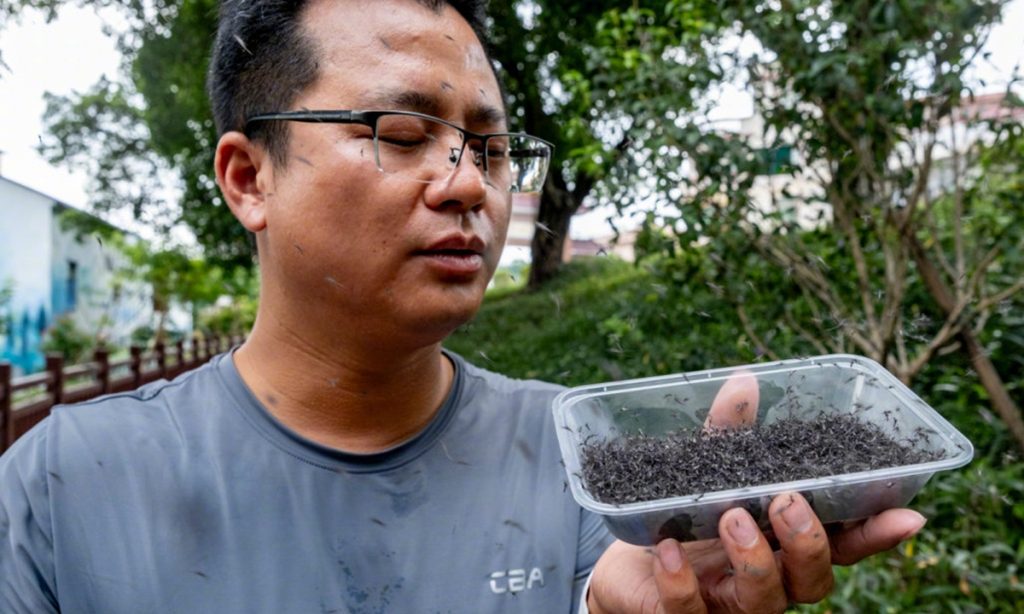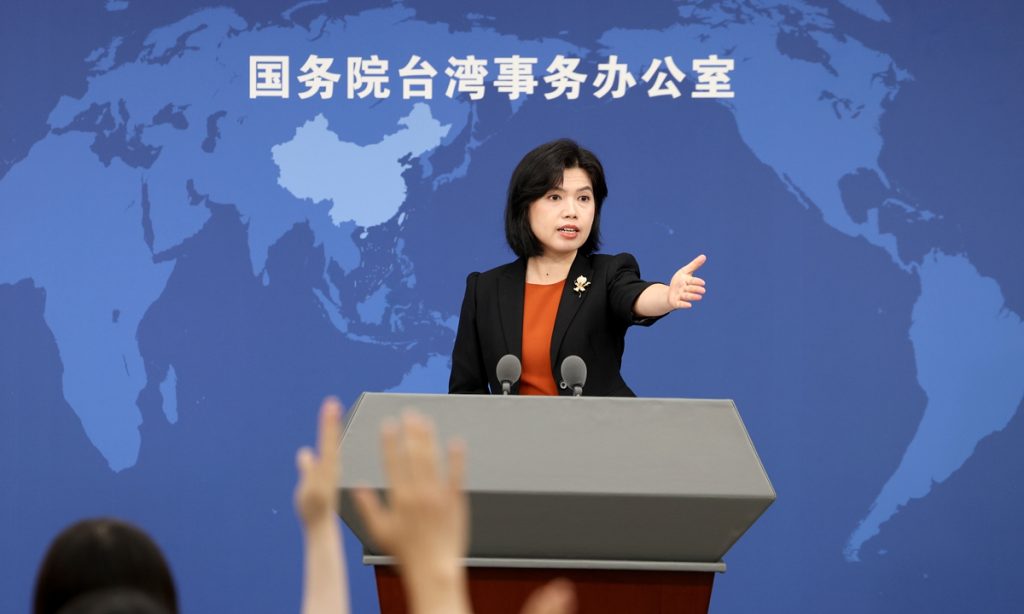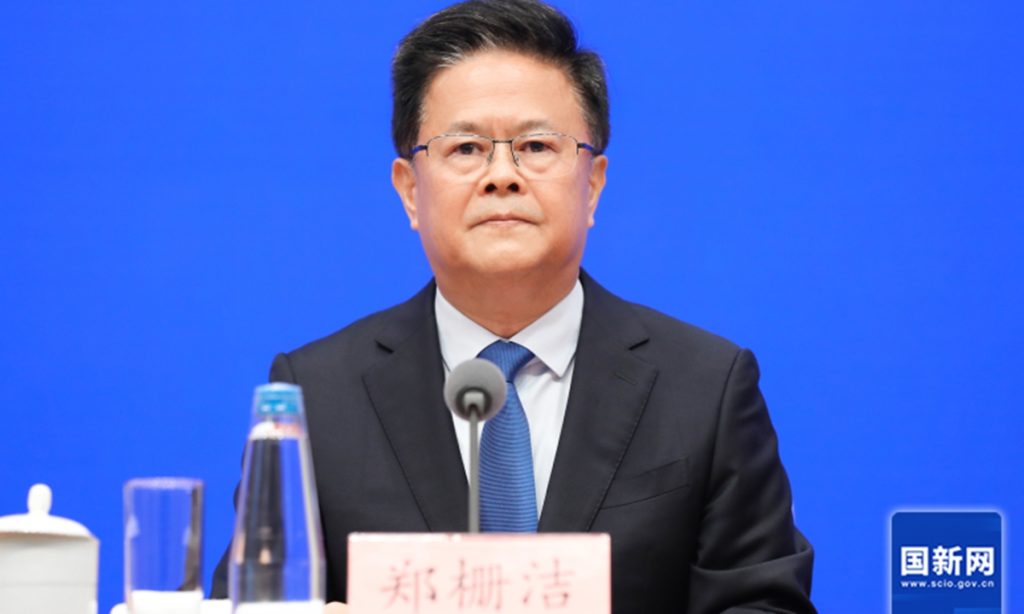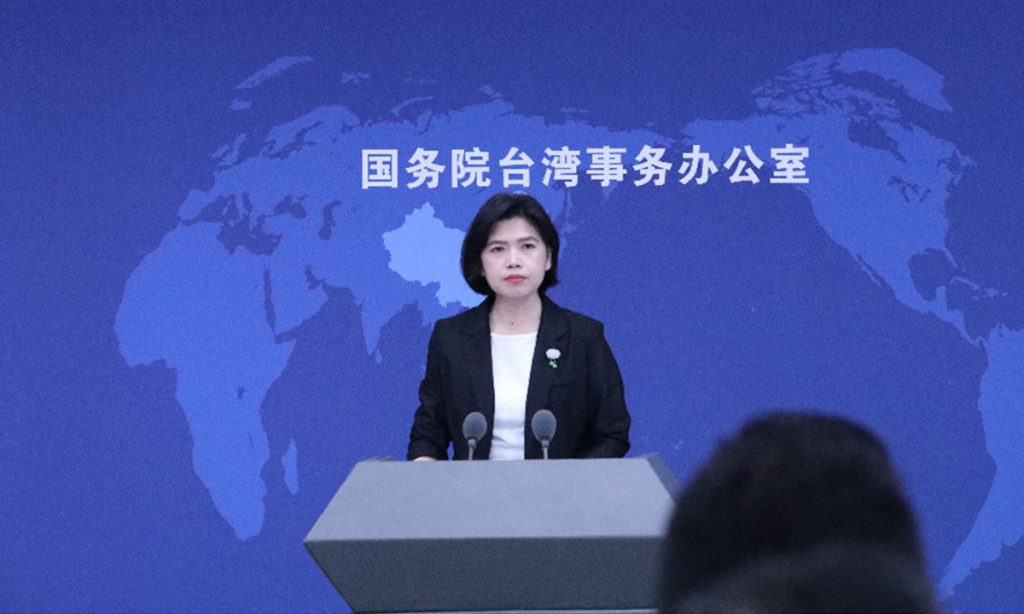Generations of ‘temple caretakers,’ dedicated to relics preservation, embody China’s unwavering commitment to building a cultural powerhouse
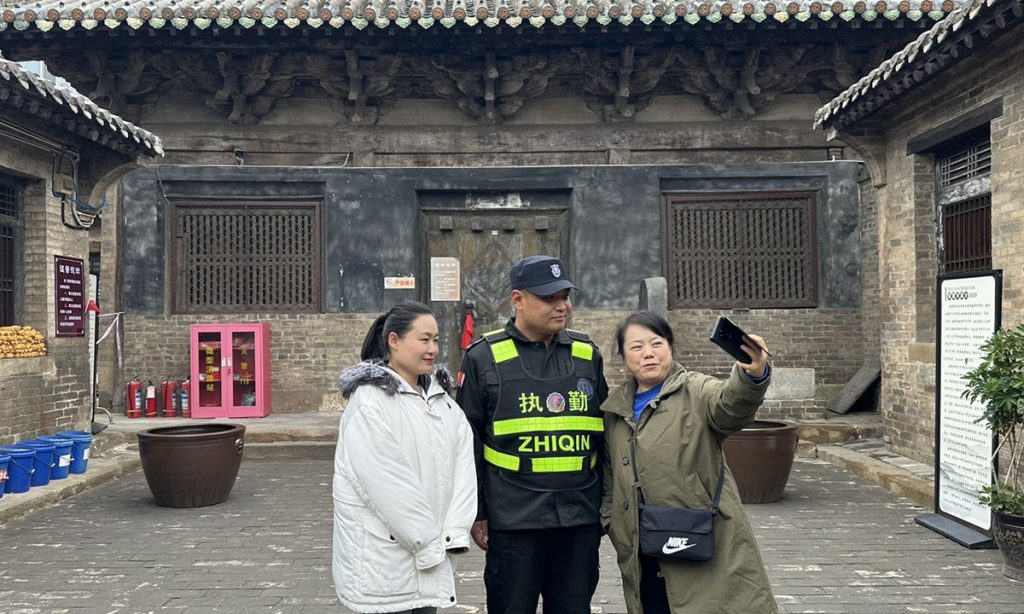
Editor's Note:
As this year marks the 75th anniversary of the founding of the People's Republic of China, the Global Times has launched the second volume of its "Wish List" series, which documents ordinary Chinese people's wishes as a window into the changes in and achievements of the Chinese path to modernization.
In this volume, we present five representative stories that capture the aspirations and pursuits of individuals, which reflect the deep connection between national prosperity and people's destinies, illustrating how the Communist Party of China (CPC) and the country prioritize the well-being of the people in their quest for common prosperity, ecological civilization, and social harmony. They also bear witness to how Chinese people have marched forward toward Chinese modernization with high spirits.
This is the fourth installment in the series that tells the stories of "temple caretakers" across generations in Jincheng, North China's Shanxi Province. It explores their dedication to preserving cultural relics, and how they are using their efforts to make more people aware of China's rich cultural heritage today.
Wang Gaiying, 76, believes her connection to the Tiefo Temple goes beyond simply earning a living. Over the past decades, as a caretaker, she has meticulously kept this once dilapidated temple, known for its 24 deva statues traced back to the Ming Dynasty (1368-1644), safe and sound in the city of Gaoping, North China's Shanxi Province. She has also witnessed its transformation from an obscure ancient temple to a popular attraction drawing numerous visitors and praise.
With the release of Black Myth: Wukong, a highly anticipated Chinese self-developed AAA game in August, the Tiefo Temple, along with other ancient buildings in Shanxi that served as sources of inspiration for the game, has experienced unprecedented popularity.
As waves of tourists poured into these historical sites, they found themselves captivated, not just by the exquisite relics behind the storyline of the popular game, but also by the stories of dedicated individuals like Wang who carefully safeguard sculptures, murals, and the very essence of China's cultural heritage.
These unsung heroes, once hidden from public view, now confidently share their experiences with curious visitors.
They share tales of change within the cultural landscapes they have safeguarded, reflecting China's commitment to building the country into a powerhouse in culture and constantly enhancing the country's cultural soft power and the appeal of Chinese culture.
Brave and persistent guard
"Many people mocked me for 'marrying into the temple,' saying I was wasting my life, but now they see me as a source of pride," Wang told the Global Times proudly.
Now retired, Wang's morning routine still begins with cleaning the temple. This has been her daily habit for 58 years, ever since she married into the temple at the age of 20 and began assisting her mother-in-law in its upkeep.
For Wang, guarding the Tiefo Temple has been the most important and fulfilling aspect of her life.
Wang recalled that her mother-in-law received a wing of the temple compound in 1947 and naturally became its caretaker. When her mother-in-law passed away in 1988, Wang took over the responsibility of caring for the temple.
During her years as a temple caretaker, Wang lived a frugal life, initially receiving only a meager salary from the local cultural relics bureau. However, she diligently performed her duties, maintaining cleanliness, while preventing fires and theft. Even after the death of her husband and witnessing two attempted burglaries at the grounds, Wang chose to remain committed to the temple.
"For me, the Tiefo Temple is home, and I hope that protecting the temple will see our family's commitment passed down from generation to generation," she said.
The story of Wang's family guarding the Tiefo Temple is often shared by Chang Silong, the first director of the Gaoping city museum.
Chang retrieved a thick stack of handwritten notes during the interview with the Global Times. These notes fully documented his tenure as the museum director when he visited numerous villages in Gaoping to gather information about existing cultural relics.
At that time, individuals like Wang were key sources of information for Chang. Wang emphasizes that in China, a vast amount of cultural relic preservation relied on local villagers who resided near these sites, such as "grave keepers," "tower guards" and "temple caretakers."
"They might not have understood the inherent cultural value of these objects, but they know what they are safeguarding is precious," Chang said. "I witnessed their exhilaration when they realized new protective measures were being implemented."
Warm and creative presentation
Wang has had many reasons to feel exhilarated this year.
Following the viral success of Black Myth: Wukong, the Tiefo Temple officially opened its doors to the public on August 24 after being closed for more than a decade to protect its relics. With daily visitor limits set at 500, and increased capacity during the National Day holidays, nearly 20,000 tourists flocked to the temple within seven days.
Joining Wang in handling this newfound popularity is Zhang Jiaqi, a Gen Z village official in Mixi village where the temple is located.
"Over the holidays, tourists waited two to three hours in line, but most were very understanding after their visit and warmly responded to our efforts," Zhang told the Global Times.
Zhang joined the Mixi village committee after graduating from university in September 2022 and started working as a docent at the Tiefo Temple this year.
Before the temple's opening to the public, he mainly interacted with Wang and professionals involved in the temple's maintenance and restoration. He always hoped that one day he could share the charm of the temple with the world.
For a long time, many ancient buildings in Shanxi remained closed to the public due to conservation needs. Scattered across Chinese online forums were posts from passionate enthusiasts who shared strategies on how to "get lucky" while persuading local caretakers to grant them access. These posts had limited visibility and circulated only within specific communities.
In recent years, the national cultural relics protection departments all over Shanxi have gradually opened their doors to the general public. Observing the burgeoning trend of tourism inspired by ancient architecture, Zhang collaborated with paper-cutting artists from the village to create phone cases of the Tiefo Temple's deities.
As the temple prepared for its opening in August, Zhang leveraged his accumulated knowledge to train a group of local volunteers as tour guides.
On the first day that the Tiefo Temple opened to ordinary visitors, Zhang and other docents addressed them confidently and emotionally. Custom mobile phone cases were, unsurprisingly, popular with tourists.
One month after the opening, the village collective enterprise generated 60,000 yuan ($8,420) in revenue from its cultural and creative products.
As Zhang spoke to the Global Times, Zhao Jianfei, a security guard at the temple, attentively listened nearby. With the increasing number of visitors, Zhao maintains order while passionately introducing the temple's history and artistic value to tourists using his local dialect interlaced with humor explanations. After Zhao's explanations, many visitors give him a thumbs-up, and some even ask to take pictures with him.
"Tourists endure long waiting times, so I want to give them something interesting during the wait and enhance their overall experience," Zhao told the Global Times.
As a native of Mixi village, Zhao had always known about the precious artifacts housed within the Tiefo Temple but never had the chance to see them. He said that many villagers shared his curiosity but chose to prioritize visitors' access.
"Before the National Day holidays, villagers spontaneously cleared land overnight to create a temporary parking lot. To accommodate the surge in tourists, they even offered free use of their restrooms," Zhang added.
"The charm of the Tiefo Temple lies not only in its exquisite sculptures but also in Grandma Wang who has dedicated her life to it, in Zhao's warm hospitality, and in each one of us villagers. We hope that both the temple and our efforts live up to the love and appreciation of our visitors," Zhang said.
Visible and perceptible cultural prosperity
Yin Zhenxing, curator of the Colored Sculpture and Mural Museum at the Yuhuang Temple in Jincheng, is also working tirelessly to live up to the love of the growing number of visitors.
Just 30 kilometers from the Tiefo Temple, the Yuhuang Temple has also seen a surge in tourists attracted by its 28 exquisite Yuan Dynasty (1279-1368) constellation sculptures and the inspiration behind the characters in Black Myth: Wukong.
On a weekend visit to the Yuhuang Temple, Global Times reporters observed an orderly scene: Visitors swiped their ID cards at the entrance and then picked up tour maps from the volunteer service desk to embark on their tours.
This smooth operation is attributed to Yin and his team of over 40 staff members who attentively patrol and care for every detail within the temple complex.
Yin recounted his first experience starkly contrasted with his arrival at Yuhuang Temple in 2003. "Back then, it was just a temple with muddy grounds and rudimentary accommodations for staff," Yin recalled.
However, with increasing national emphasis on cultural relic protection, the Yuhuang Temple has undergone a remarkable transformation. It now boasts a fully staffed team, state-of-the-art security and fire safety systems, and advanced technologies like carbon dioxide detection and digital preservation for architectural sculptures and murals.
In the temple's staff lounge, the Global Times saw a basketball hoop in the spacious courtyard, with employee-planted chili peppers and flowers decorating the underground fire water storage tank.
"Everyone integrates their work with their daily lives, viewing this as their responsibility and calling," Yin said.
As Yin led the Global Times through the temple, he spotted a local social media influencer specializing in traditional Chinese culture photographing artifacts.
Reflecting on his over two decades of experience, Yin notes the growing cultural awareness and appreciation for China's heritage among its people. He said that visitors, particularly young ones, are increasingly knowledgeable about ancient architecture and sculptures.
Statistics show that China now has more than 3,300 public libraries, and over 10,000 cultural centers and museums. Nearly all public libraries, cultural centers, art galleries, comprehensive cultural stations, and over 90 percent of museums offer free admission.
After witnessing the Global Times' visit and interview, a group of student volunteers from the Shanxi Institute of Science and Technology expressed their desire to promote the Yuhuang Temple globally, hoping that more people will visit and benefit from their volunteer efforts.
"Now, countless students in our school line up to be volunteers at the Yuhuang Temple," Zhang Zhipeng, a student at the institute revealed. "At this moment, standing in the Yuhuang Temple's volunteer post, I have become a 'temple caretaker' in the new era, and feel very proud," he said.
In the café in Yuhuang Temple, countless visitors left messages on sticky notes: "Chinese civilization spanning 5,000 years might seem distant, but Shanxi's culture is within reach."
"I am full of hope that in the future, more visitors from around the world will find Chinese culture accessible and engaging. Such a day is not too far away," Yin said.

